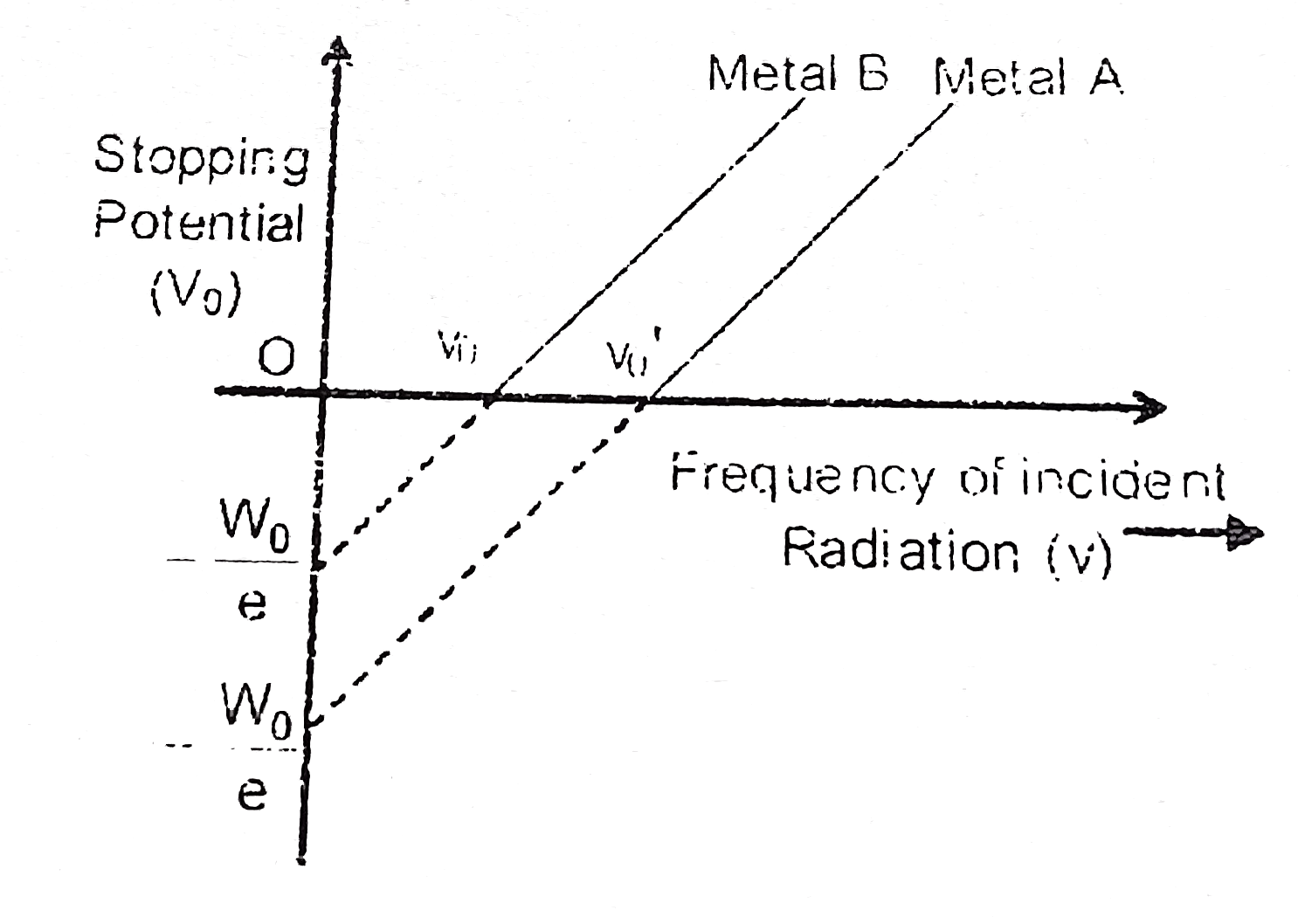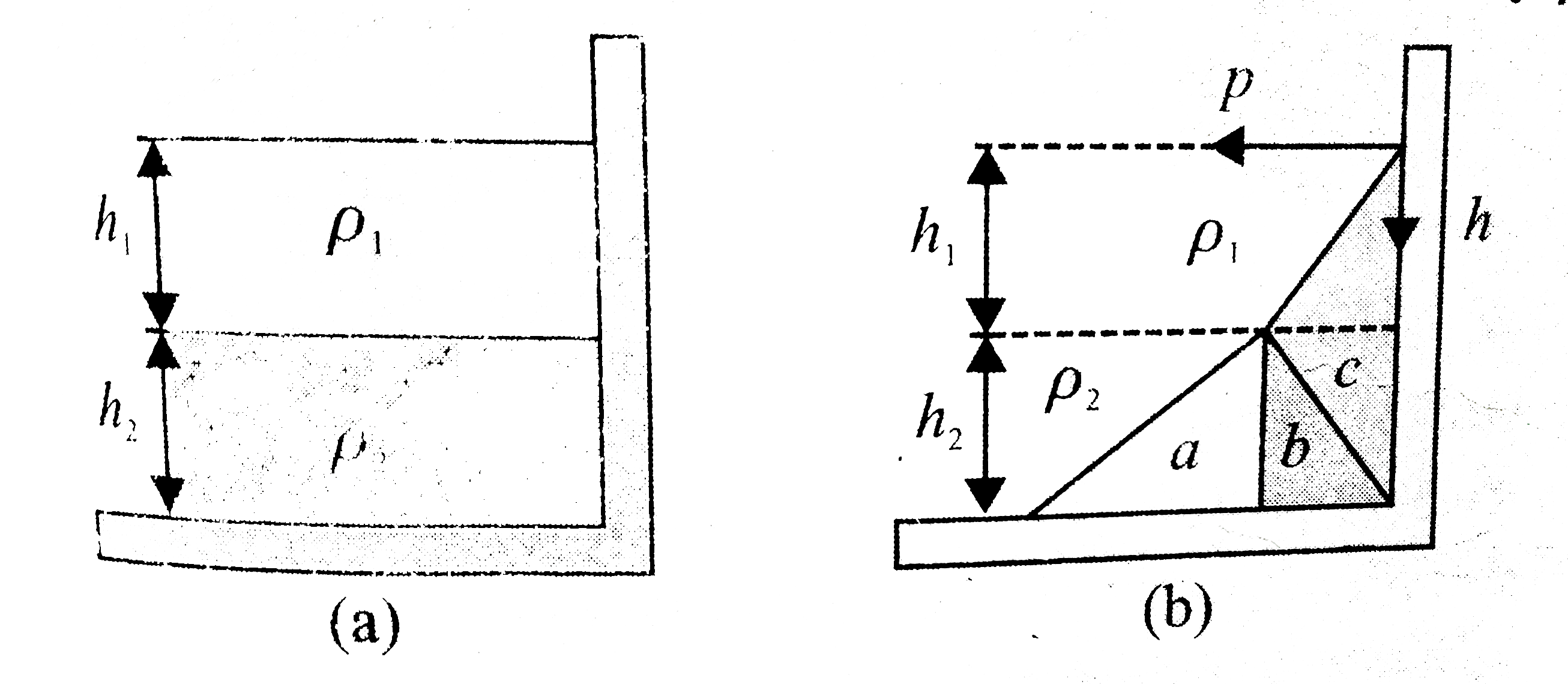The variation of potential difference V with length l in case of two potentiometers X and Y is as shows in Fig. 6.21. Which of these two will you perfer for comparing the emfs of the two cells and why ?

A potentiometer is said be senitive if fall of potential per unit
length, i.e., potential gradient (dV/dl) is small. The slope of V−I
graph gives potential gradient, which is smaller for potentiometer
wire Y than for potentiometer wire X. Therefore, potentiometer
Y will be perferred for comparing emfs of the two cells.
Topper's Solved these Questions
- ELECTRICAL MEASURING INSTRUMENTSBOOK - CENGAGE PHYSICS ENGLISHCHAPTER - ELECTRICAL MEASURING INSTRUMENTSEXERCISE - Subjective
18 Videos
- ELECTRICAL MEASURING INSTRUMENTSBOOK - CENGAGE PHYSICS ENGLISHCHAPTER - ELECTRICAL MEASURING INSTRUMENTSEXERCISE - Single Correct
94 Videos
- ELECTRICAL MEASURING INSTRUMENTSBOOK - CENGAGE PHYSICS ENGLISHCHAPTER - ELECTRICAL MEASURING INSTRUMENTSEXERCISE - Solved Examples
4 Videos
- ELECTRIC POTENTIALBOOK - CENGAGE PHYSICS ENGLISHCHAPTER - ELECTRIC POTENTIALEXERCISE - DPP 3.5
15 Videos
- ELECTROMAGNETIC INDUCTIONBOOK - CENGAGE PHYSICS ENGLISHCHAPTER - ELECTROMAGNETIC INDUCTIONEXERCISE - compression type
7 Videos
Similar Questions
I-V graph for a metallie wire at two different tempearture, T1andT2 is as shown in the figure. Which of the two temperatures is lower and why ?

View SolutionSketch the graphs, showing the variation of stopping potential Vs with frequency v of the incident radiations for two photosensitive materials A and B having threshold frequencies v0>v'0 respectively.
(i) which of the two metals A or B has higher work function?
(ii) What information do you get from the slope of the graphs?
(iii) What does the value of the intercept of graph A on the potential axis represent?
View SolutionThere is a definite potential difference between the two ends of a potentiometer. Two cells are connected in such a way that first time help each other, and second time they oppose each other. They are balanced on the potentiometer wire at 120cm and 60cm length respectively. compare the electromotive force of the cells. potentiometer wire at 120cm and 60cm length respectively. Compare the electromotive force of the cells.
View SolutionState the working principle of potentiometer. With the help of the circuit diagram, explain how a potentiometer is used to compare the emf's of two primay cells. Obtain the required expression used for comparing the emfs. Write two possible causes for one sided deflection in a potentiometer experiment.
View SolutionThe slope of the graph showing the variation of potential difference V on X-axis and current Y-axis gives conductor
View SolutionA capacitor of capacitance 10mF is charged up a potential difference of 2V and then the cell is removed. Now it is connected to a cell of emf4V and is charged fully. In both cases the polarities of the two cells are in the same directions. Total heat produced in the second charging process is :
View SolutionDefine the emf (E) of a cell and the potential difference (V) across a resistor (R) in terms of the work done in moving a unit charge. State the relation between these two works and the work it charge through a cell connected across the resistor. Take the internal resistance of the cell as r. Hence, obtain expression for the current i in the circuit.
View SolutionThe graph shows variation of stopping potential V0 versus frequency of incident radiation v for two photosensitive metals A and B. Which of two metals has higher threshold frequency and why?

View SolutionTwo cells when connected in series are balanced on 6 m on a potentiometer. If the polarity one of these cell is reversed, they balance on 2m. The ratio of e.m.f of the two cells.
View SolutionFigure (b) shows the variation of pressure (p) with depth (h) along a vertical wall supporting two liquids of different densities as shown in Fig. (a). Identify the correct variation of pressure in the liquid of density ρ2.

View Solution
